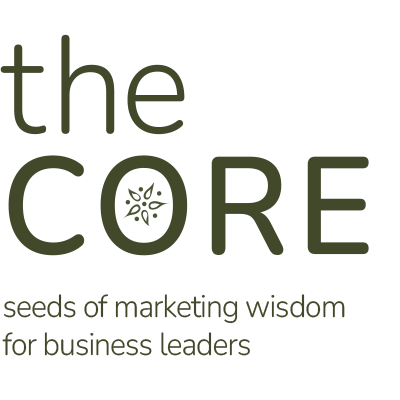Let’s face it: Aligning your sales and marketing teams isn’t easy. For many businesses, there are big obstacles to overcome—from breaking down the silos between the two departments to getting everyone to agree on the ideal customer for your business.
While business leaders understand the importance of marketing and sales alignment, most businesses can’t stop everything they’re doing to make sure marketing and sales are on the same page. Leaders are left asking, “How do we improve marketing and sales alignment as we go?”
How to Align Marketing & Sales in Just 30 Minutes a Week
One solution I often recommend is to establish a weekly 30-minute standing meeting between key stakeholders. These stand-up meetings don’t have to be complicated. In fact, each meeting agenda can be built by addressing three simple questions:
- What progress have we made since the last meeting?
- What insights can sales team members provide that are valuable for the marketing team?
- What is the marketing team working on that would be helpful for sales team members to know?
- What is the plan going forward?
- Are you gaining traction on sales conversations? What can the marketing team do to support those conversations?
- What parts of your strategy need to be tweaked? What new ideas should you consider implementing?
- Blockages
- What information do you need from the other team to do your job well?
- Where are you getting stuck? What potential problems do you see?
The biggest piece of advice I can give is to spend time focusing on what matters the most for your business. If you have a major event coming up, you could focus the stand-up meeting on how you’ll set up meetings at the show. It’s OK to be flexible on the topics covered, as long as everyone has a clear sense of next steps.
Sales and marketing stand-up meetings are one of the most important things a company can do to create alignment and foster face-to-face collaboration between the two teams. Don’t let it become a simple review of the existing marketing programs and schedule. Instead, use the time to collaborate and problem-solve together.





